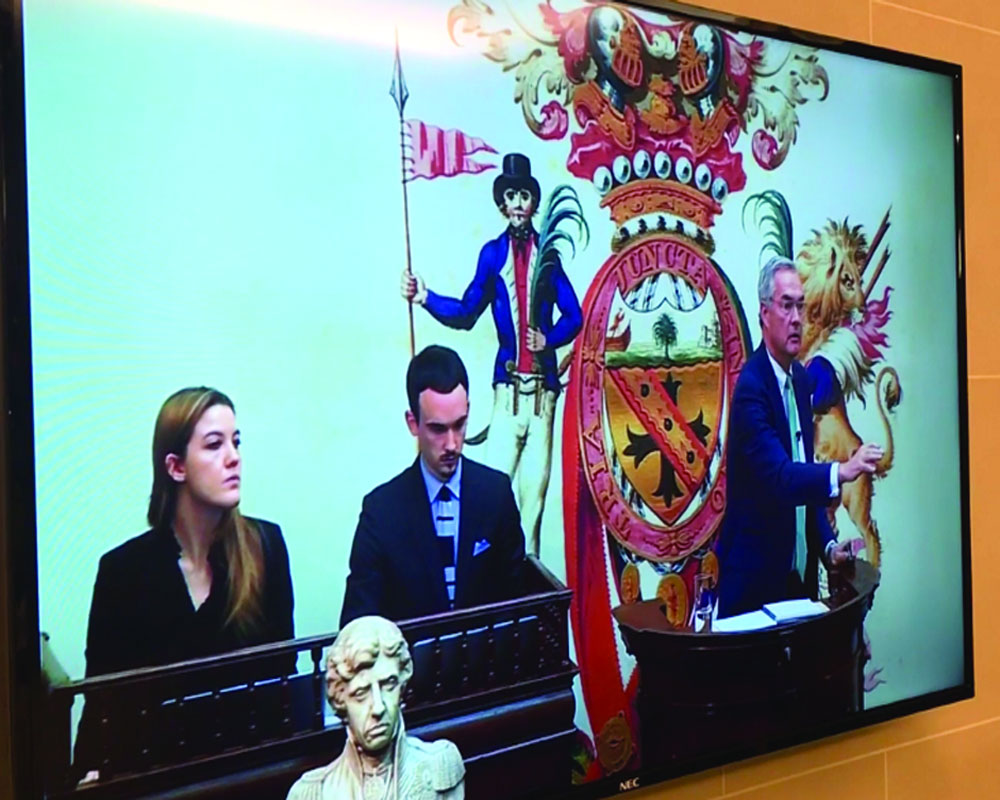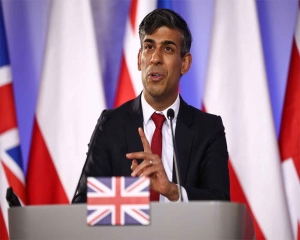Art talks to us like nothing else does. It re-awakens our senses and reminds us of the power of imagination in the face of the death and economic destruction brought about by the pandemic
The pandemic has brought the art world to its knees. The silence is ominous and the webinars and online propaganda are somewhat stifling when you think of how suddenly it is only about talking and voices and voices and talking. Amid the many cancellations of fairs, exhibitions, films, plays, performances and dances globally, we must ask ourselves questions about the value of art and culture at a time when humanity is under great stress. When it is fighting for its very survival as the virus throws up a kind of socio-economic disparity and devastation we have not witnessed in recent times.
At a time when people tell us that there are much more important things to worry about in this world than art, one would beg to differ. Art talks to us like nothing else does. It re-awakens our senses and reminds us of the power of imagination in the face of the death and destruction brought upon us by the pandemic.
The New York Times states that though fairs have been cancelled and galleries have closed, the wealthy are still buying. In India it’s difficult to get true stories of buying and selling from art galleries/dealers/consultants/artists. The physicality of looking at a work and buying is something that needs to be worked upon. An image does not do justice to a work of art. Perhaps private appointments by clients are the way to go in the new pandemic scenario. But there are hectic announcements of online shows and galleries coming together to host prized possessions on the internet and social media. Some galleries are stating that they have a few sales but it’s not as much as they would like in a stagnant market.
In the West, a report of 795 galleries representing 60 different national markets, called The Impact of Covid-19 on the Gallery Sector, written by the cultural economist Clare McAndrew, is the first major survey of how the contagion has hit art dealers globally. Until sales statistics are shared by galleries all over India, it’s difficult to add a percentage of propensity to the real figures. But one scene that has remained buoyant is that of online auctions.
Pundoles looking West: Pundoles Mumbai ruled the roost the past month with its Looking West auction split into two parts, featuring a part of the collection of fish baron Masanari Fukuoka, who decided he wanted Pundoles to handle the sale rather than international houses like Christies, Sotheby’s or even Saffronart. With blue chip names on its avant-garde list, the auction threw up some magnificent numbers. VS Gaitonde, the abstract master, was top draw. His untitled 1967 work set a new record at Rs 32 crore as the selling hammer price. Two sculptures also set their own highs. The first was a “Bull’s Head” (1998) by Tyeb Mehta, who created this sculpture as his tribute to the trussed bull (he used to hear their heart-wrenching cries when he lived next to a slaughterhouse in Mumbai). It sold at a new record of Rs 3.2 crore.
The second sculpture was printmaker and sculptor Somnath Hore’s “Goat” (1988) that sold at Rs 65 lakh, a new high for this venerated master. India’s greatest figurative master Jogen Chowdhury’s “The Couple” (1999) sold for Rs 1.7 crore, setting a new record for the 80-year-old Kolkata artist.
Saffronart’s success: The next auction high was Saffronart’s Evening Sale. The highly-anticipated online live auction — the first since the pandemic —closed at 88 per cent lots sold, achieving a total sale of Rs 66.4 crore amid enthusiastic bidding. The 300th auction in Saffronart’s 20 years, this sale was a unique hybrid experience that allowed bidders from across the globe to participate virtually.
The sale was led by VS Gaitonde’s masterpiece painting of 1974 from the collection of Sabira Merchant, which sold for Rs 35.5 crore, making it the second-highest price achieved for the artist, as well as for a work of Indian art to be sold in an auction worldwide. Among the best works Gaitonde ever produced, this ethereal, luminescent work embodies his preoccupation with Zen Buddhism as well as his associations with the sea.
Among the top highlights of the sale were two exquisite works by modernist NS Bendre, including a figurative work from 1971 which sold for Rs 1.56 crore, more than tripling its pre-sale estimate, and an untitled work (possibly a view of Mandu), 1982, which sold for Rs 1.14 crore. Jehangir Sabavala’s “The Cactus Wave”, 2006, sold for Rs 2.63 crore.
Artists in studios/homes: Across the land in homes, in studios that belong to them as well as others, artists are still pouring out their imagination. Those who have computers and laptops are busy with Zoom webinars and the like but my heart goes out to artists who have no technology. They continue to be inspired in their own small rooms with minimal media and materials. Questions arise as to how they are eking out their living.
The buyer’s market is not so well laid out. Galleries have their own list of collectors and buyers but it is only established artists who can share in that bouquet of well-being. One of the greatest contributions to an artist’s life can be through corporate houses, hotels, Government and private offices and complexes that can use art works and help artists to thrive in a market that has fallen to the Covid climate.
Take for instance Tom Vattakuzhy, a brilliant artist in Kerala who lost out on a historic series of illustrations in the Malayala Manorama because of a misunderstanding with the Church. His works echo his solitude. They make everyone empathise with him and stir their inner recesses. Vattakuzhy, a Masters from Shantiniketan and then Vadodara, is a prime example of a brilliant artist waiting to be shown by a curator, gallery or promoter who will not throw him to the sharks. Let’s face it, the art world thrives on profit margins and cut-throat competition. India needs more institutions and philanthropic agencies to help artists all over the country.
Institutions like the Lalit Kala Akademi have a great role to play in opening their spaces to as many solo shows as possible to lift the darkness in the world of the lonely artist waiting in the wings. The India International Centre and AIFACS do yeoman’s service for the arts. Big artists, too, need to get out of their cocoons and help others in need.
Black Lives Matter: The most beautiful example of an artist helping others has been that of the great artist Bansky. The British street artist financed a boat to rescue refugees attempting to reach Europe from north Africa. The vessel, named Louise Michel after a French feminist anarchist, set off in secrecy on August 18 from the Spanish port of Burriana, near Valencia, and was in the central Mediterranean Sea, where on August 30 it rescued 89 people, including 14 women and four children.
It was looking for a safe port to disembark the passengers or to transfer them to a European coast guard vessel. Since setting off from Burriana, the boat, registered in Germany and manned by a crew of activists from across Europe led by Pia Klemp, rescued more than 150 people off the coast of Libya. The majority of the passengers were transferred to a larger rescue vessel a few days ago, after European authorities appeared to ignore Mayday calls from the Louise Michel, which had become too overloaded to steer. The survivors finally arrived in the port of Palermo, Sicily.
Underscoring the hypocrisy of governments shouting out for racial equality while simultaneously taking a hardline anti-immigration stance, Banksy’s video of the rescue mission, posted on Instagram, concluded with the words: “All Black Lives Matter.” Perhaps in a blanket equation of everyone in the world, we could tweak it to say “All Lives Matter.” Maybe the virtual world is here to stay until the virus is tackled with a vaccine that says: “Get thee behind me.”
(The writer is a senior art critic and independent curator)


























